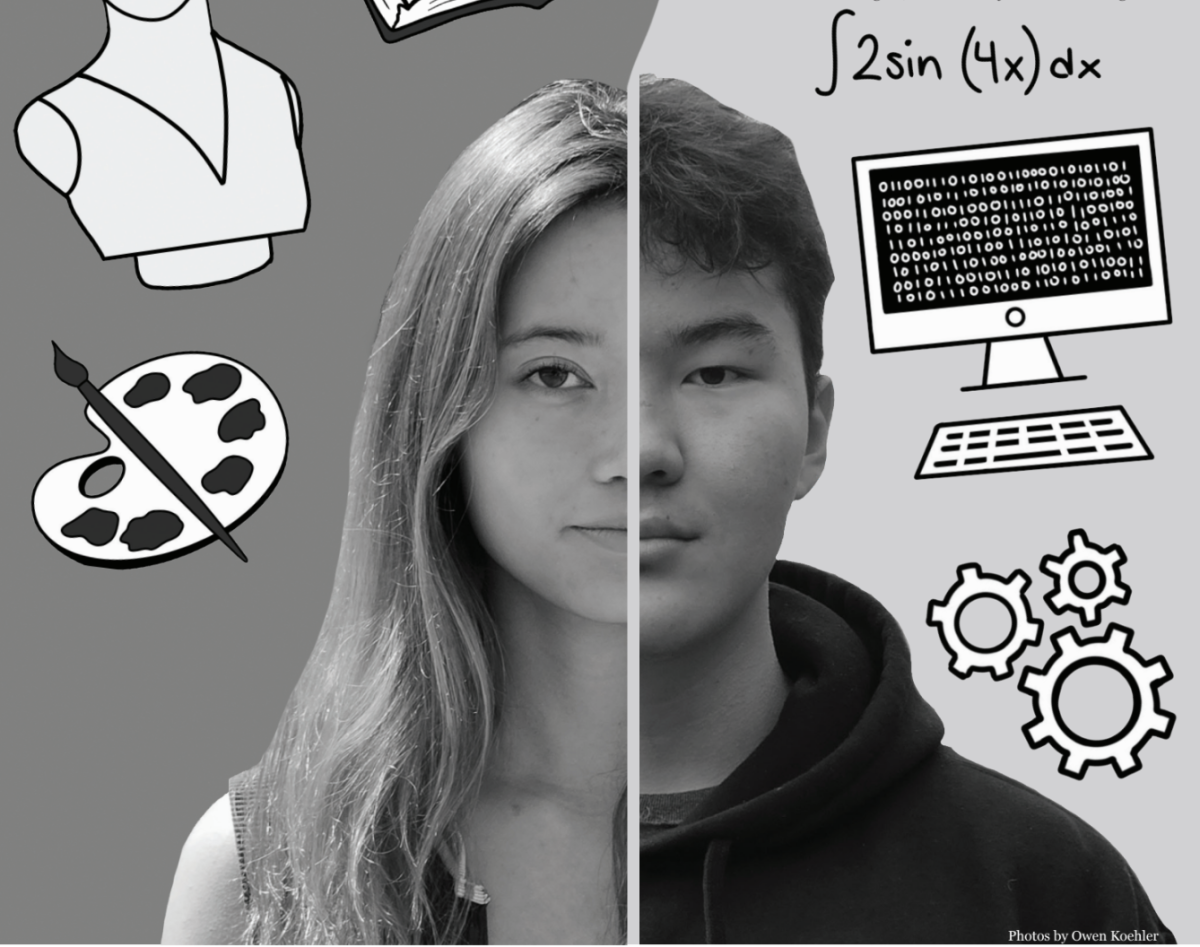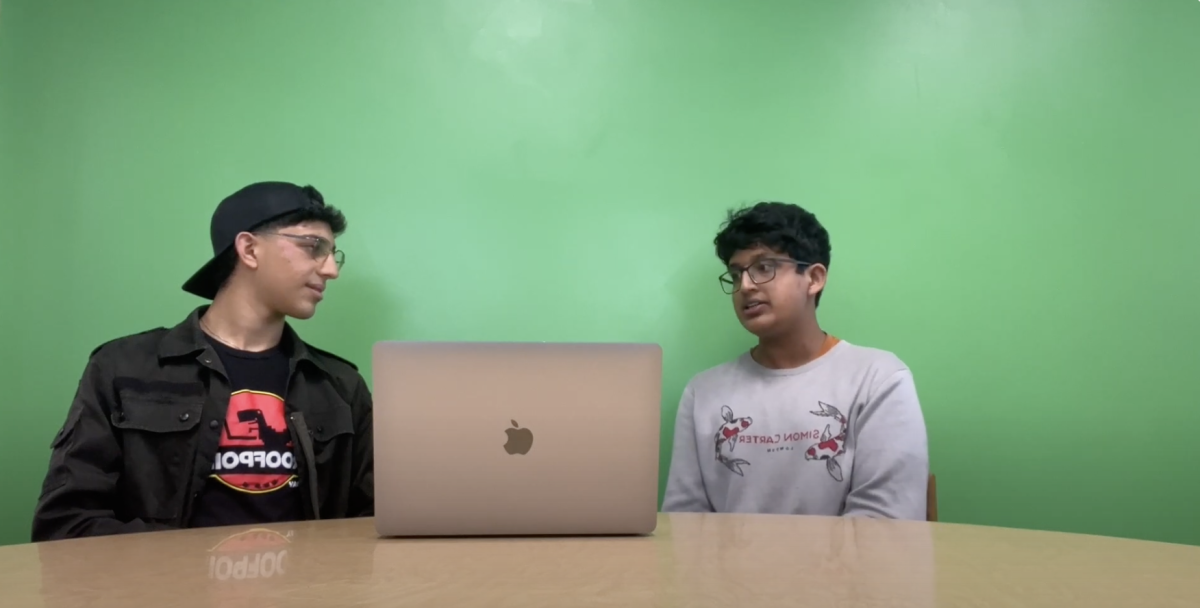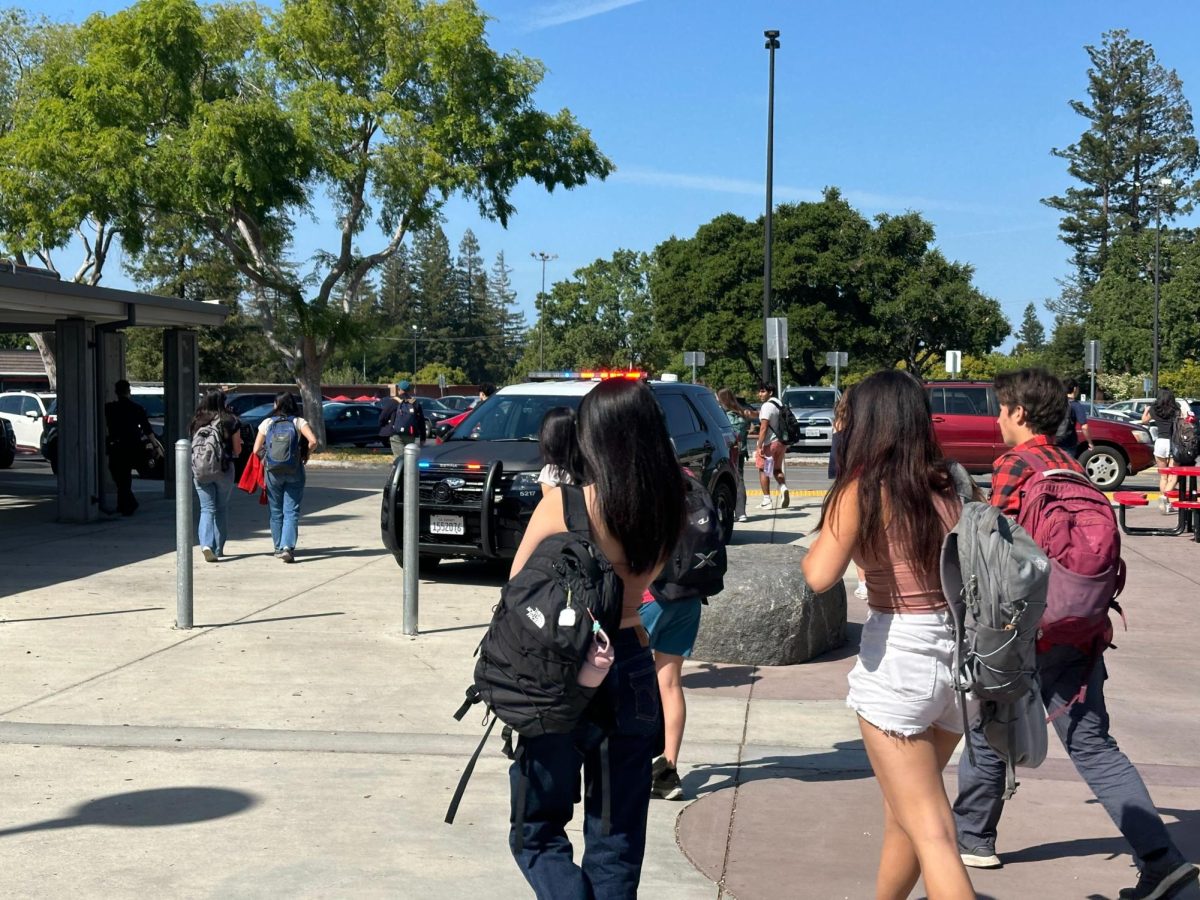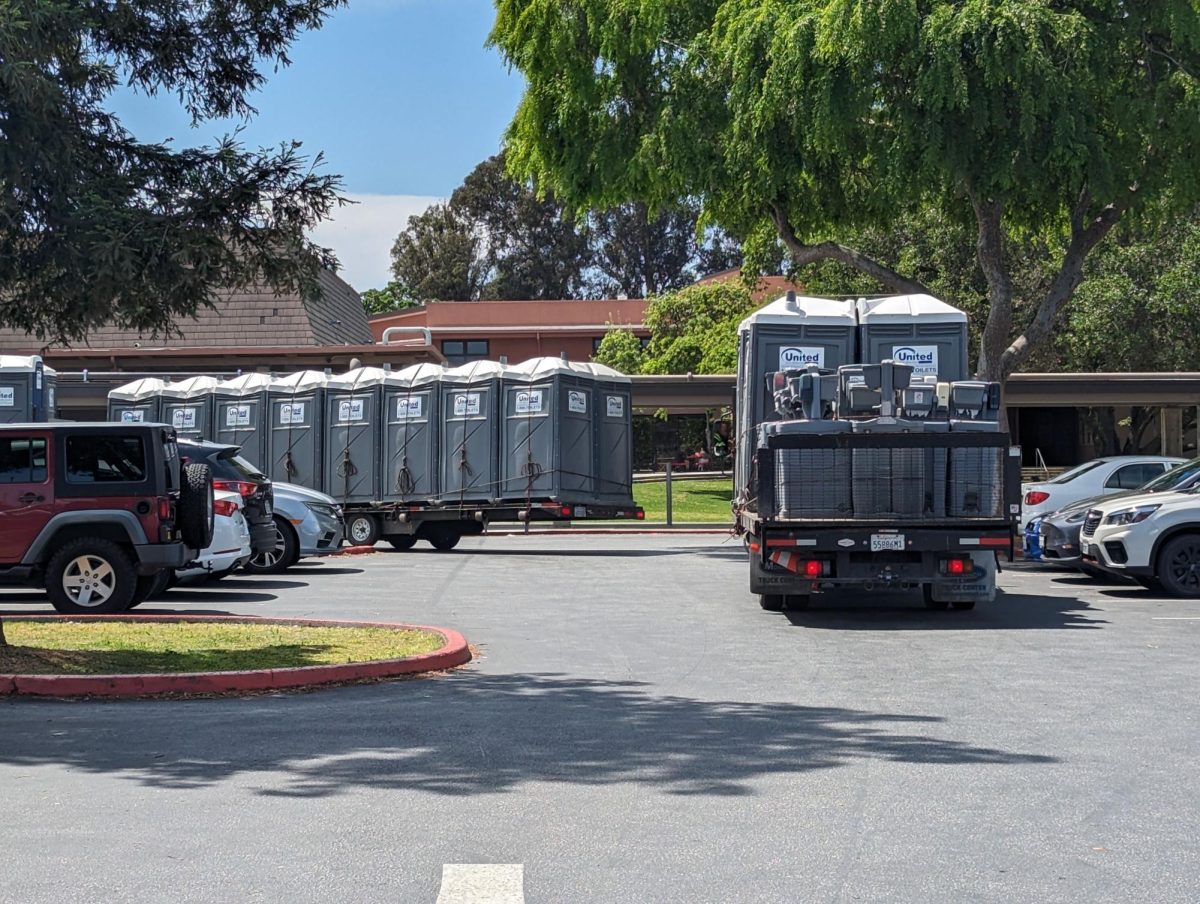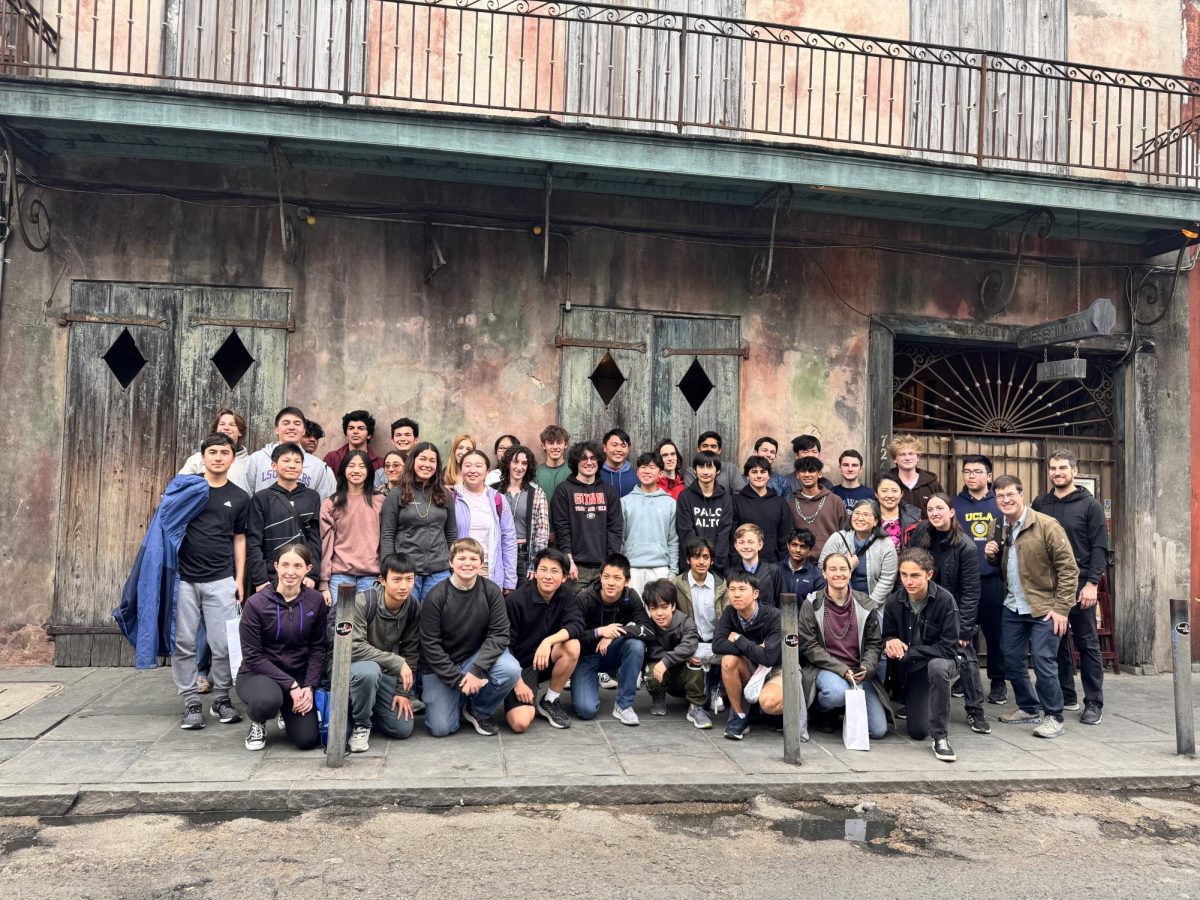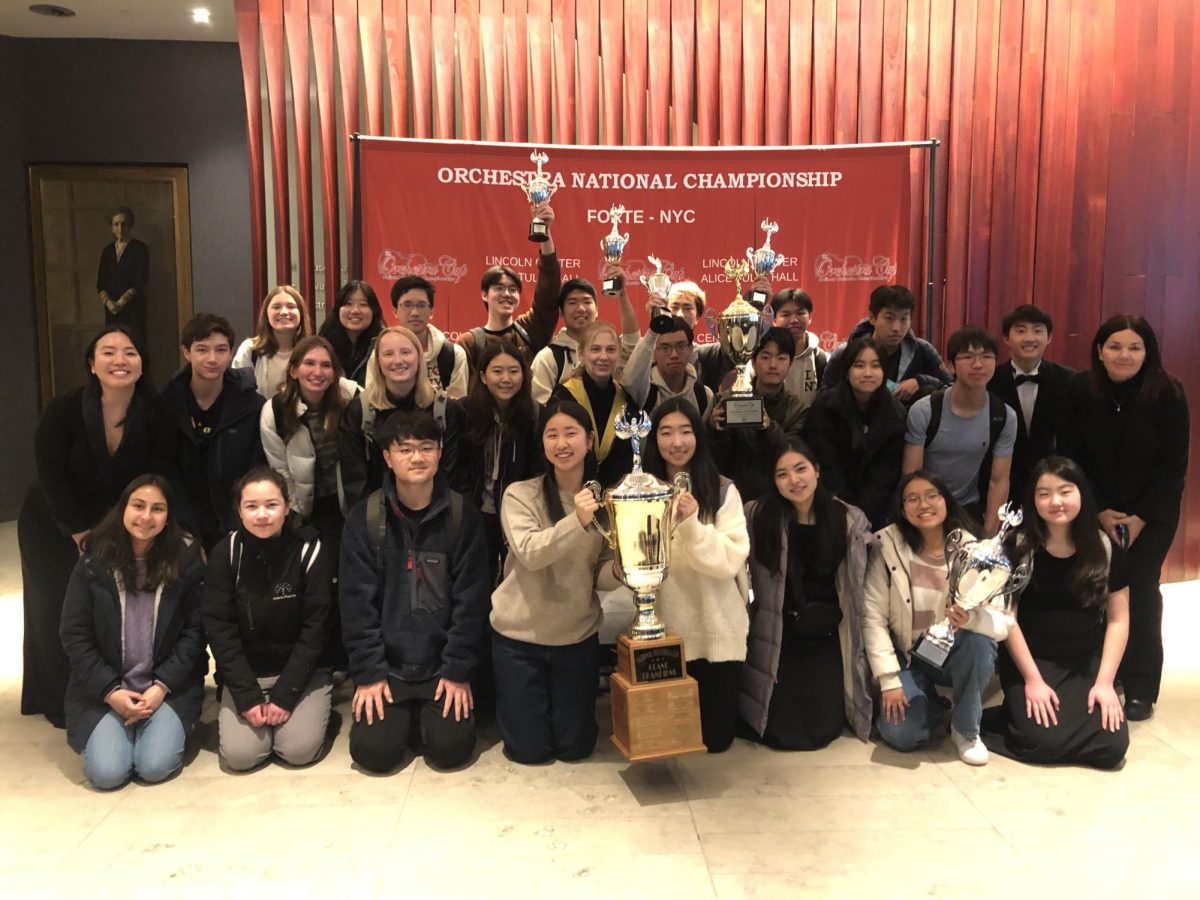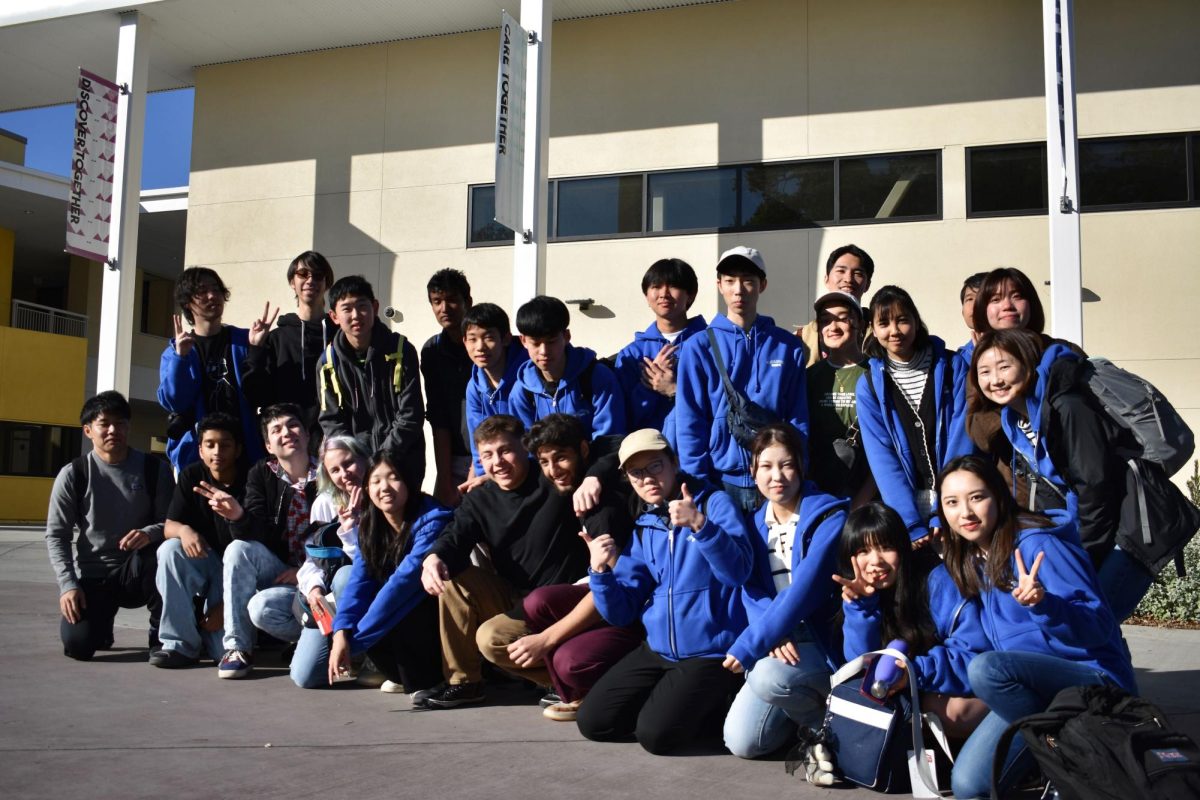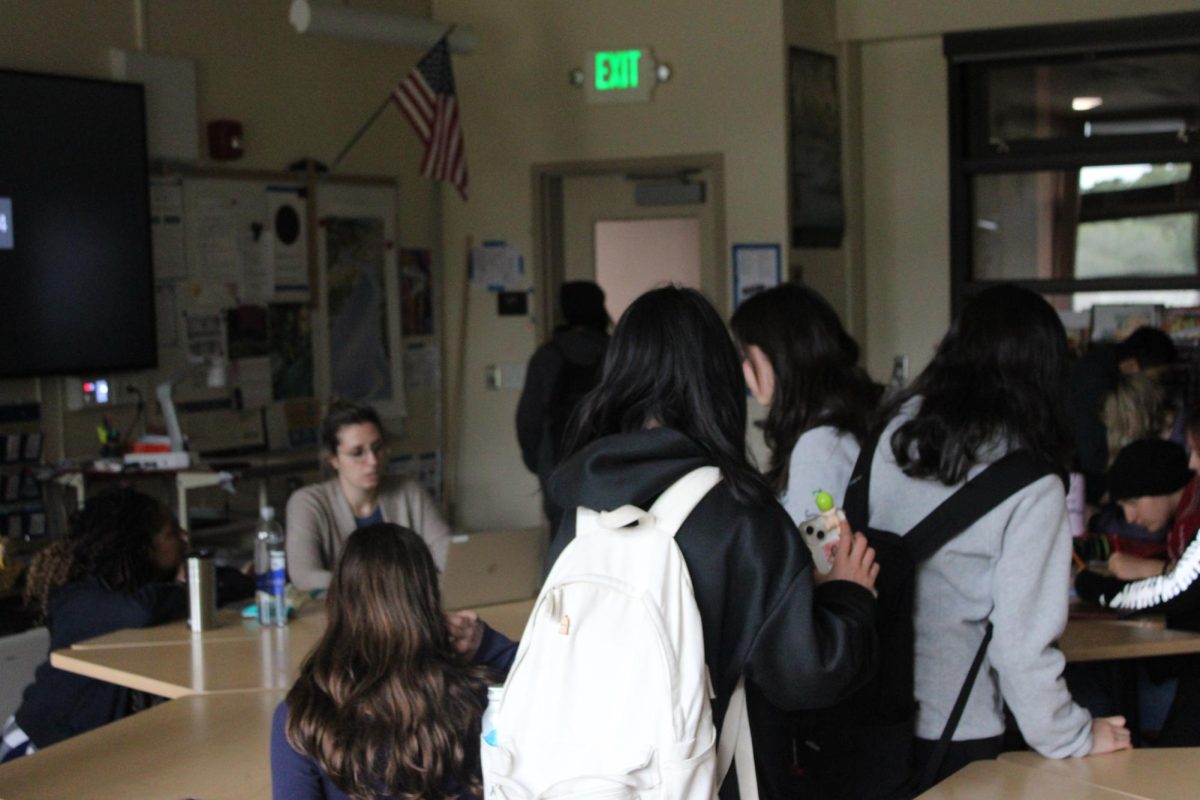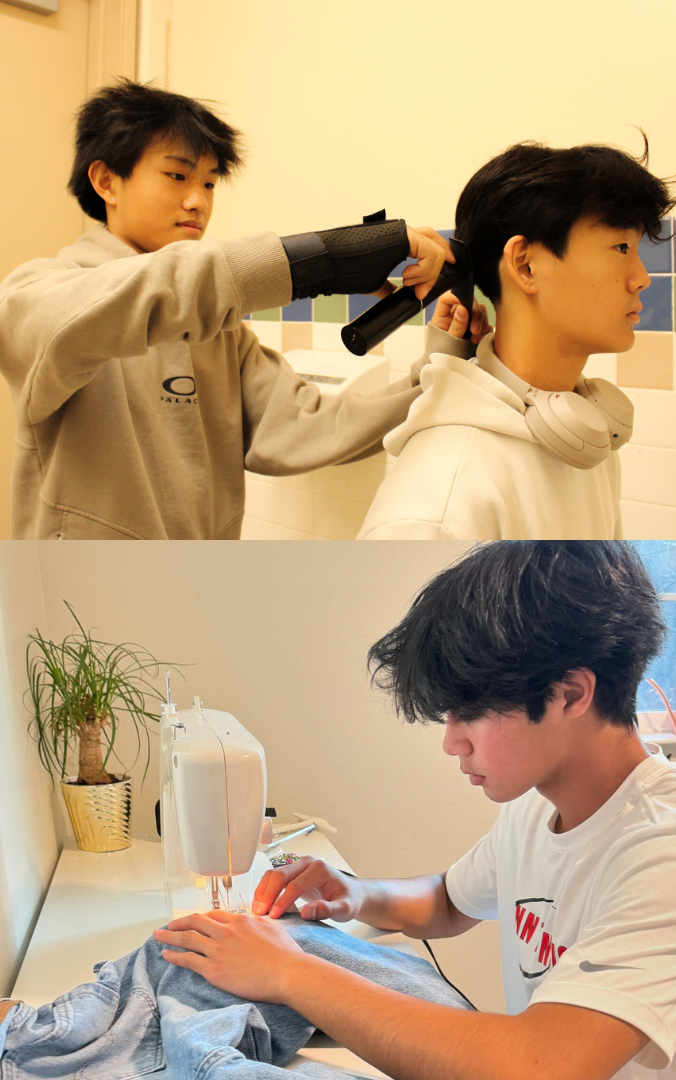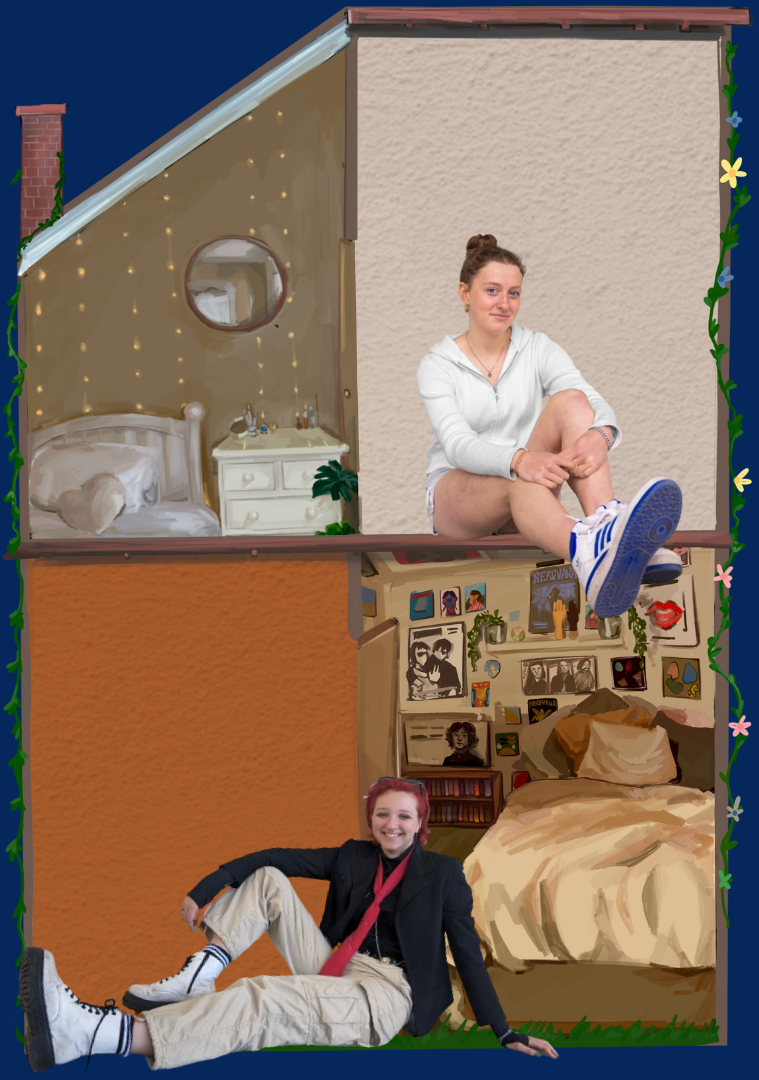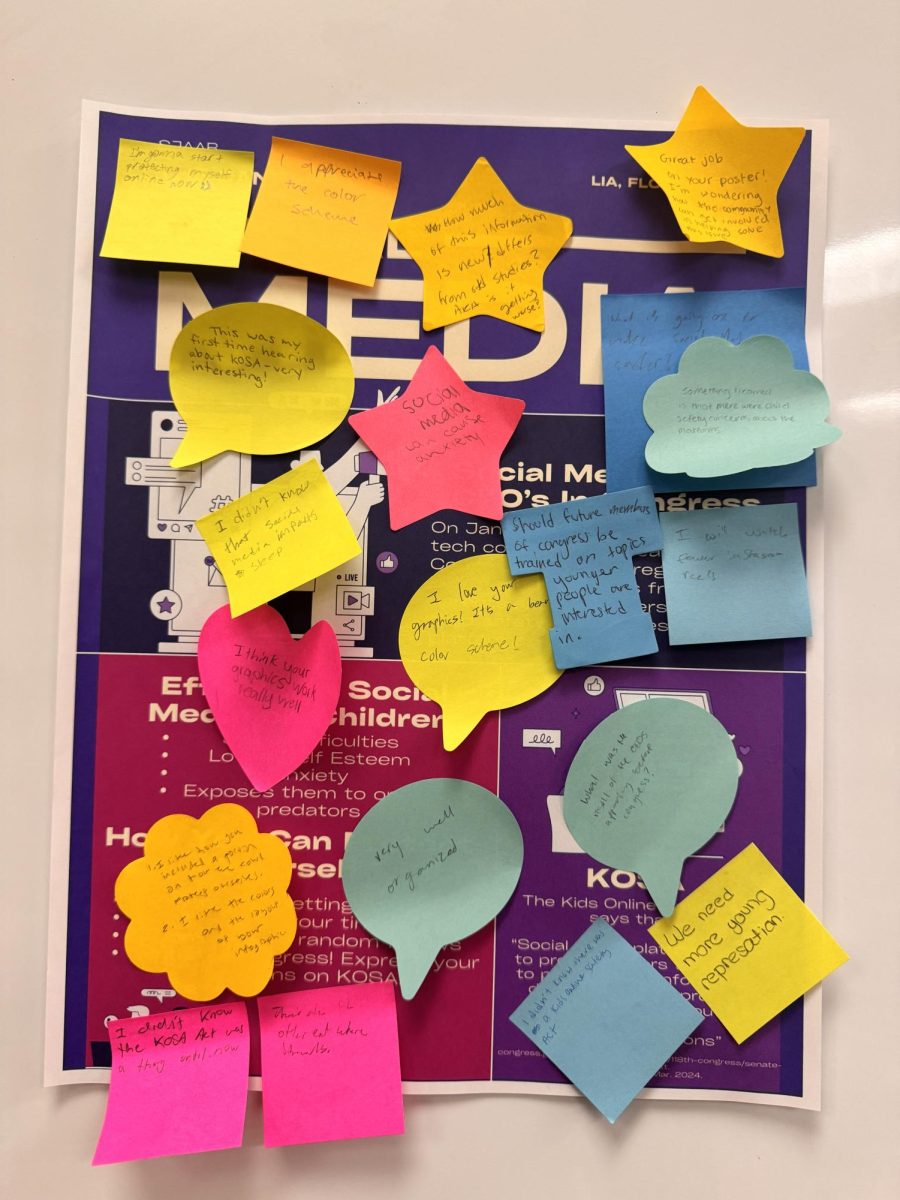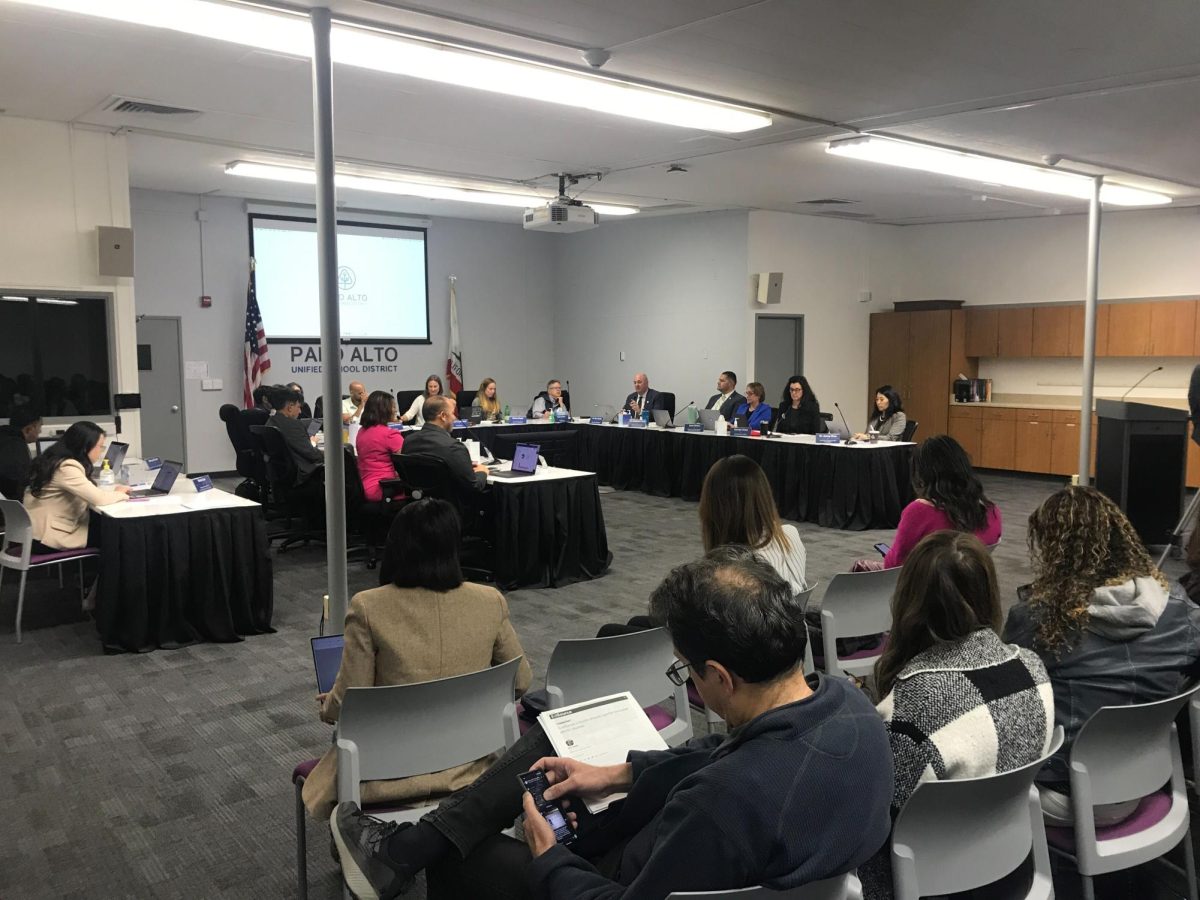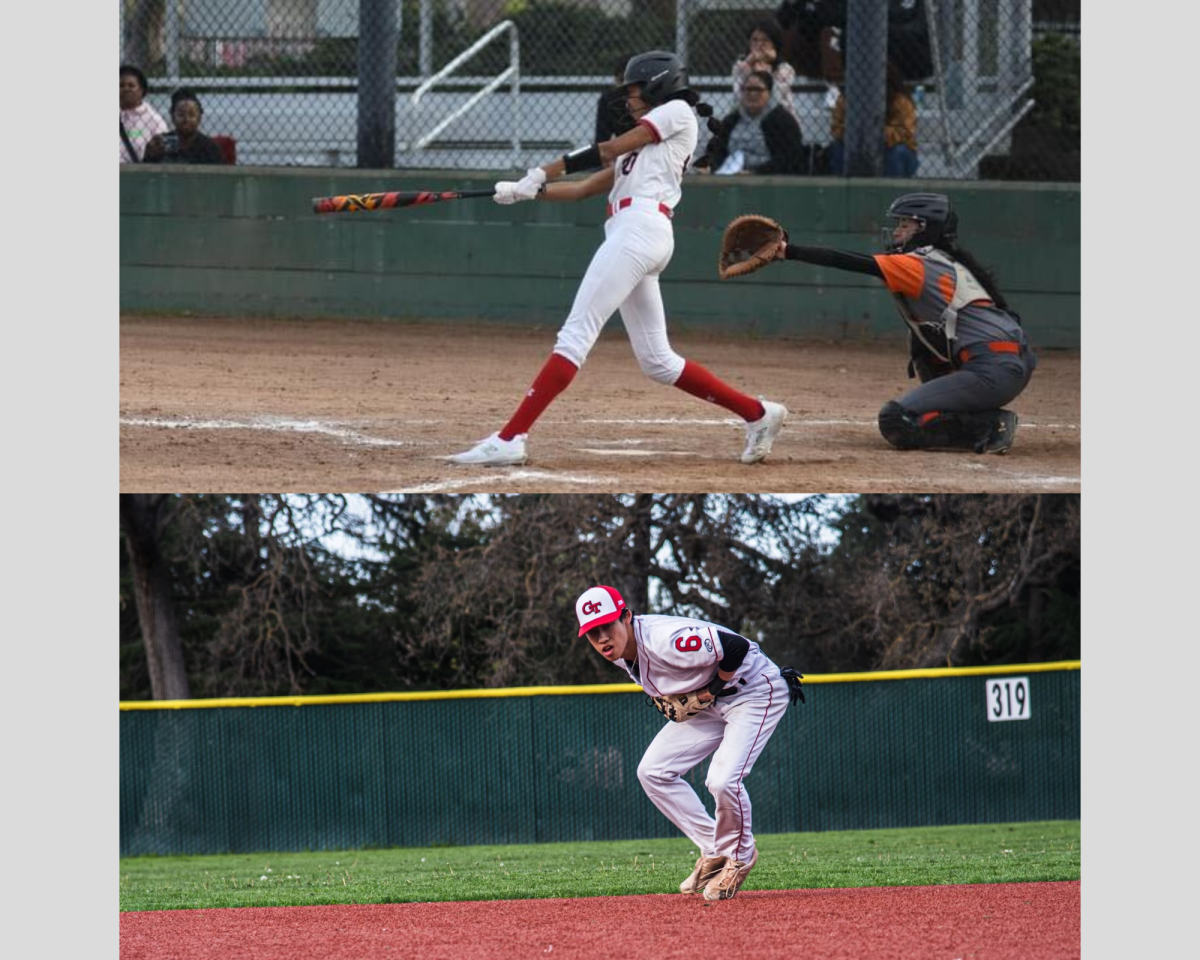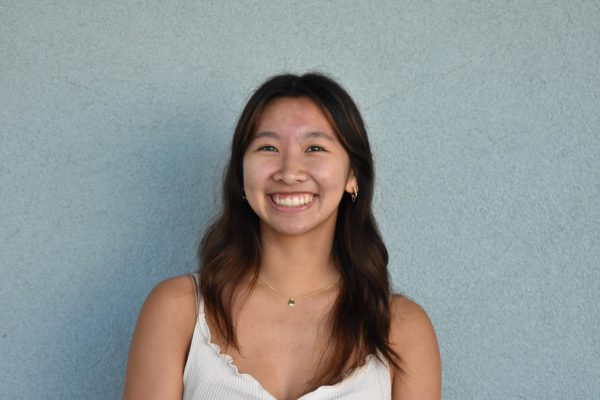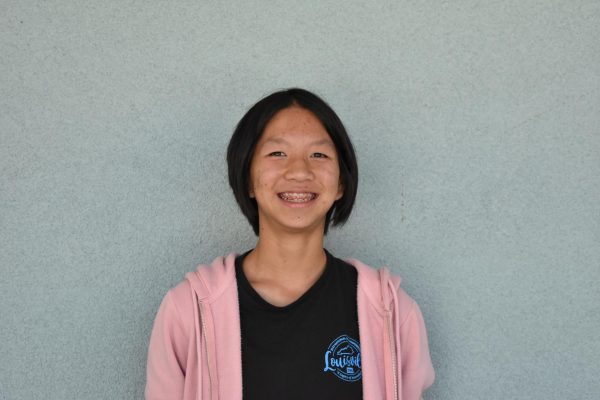As of 2021, 1,069 PAUSD students ŌĆö one in 10 ŌĆö had physical or cognitive disabilities. Most of these students were part of PAUSDŌĆÖs Special Education program (also known as SpEd), according to the website Disability Almanac.
To ensure students with disabilities receive equitable instruction, all U.S. schools are subject to the Individuals with Disabilities Education Act, or IDEA, which guarantees funding for schools that fulfill a set of requirements around SpEd. An effective SpEd program must consider the level of integration with General Education classes, staff training and the needs of individual students.
Background
SpEd at PAUSD and Gunn comprises multiple programs, which can be adapted to support the differing needs of all students with disabilities. At PAUSD, students enter the SpEd program when a parent or staff member submits a verbal or written referral to the district. The referred studentŌĆÖs parents then work with district staff to decide the studentŌĆÖs eligibility for an individualized education program, taking into account the studentŌĆÖs academic history, along with a reading and math assessment administered by PAUSD.
According to Gunn Special Education Coordinator Teri Lee, students can enter the SpEd program if they have a disability that impacts their learning and need accommodations. Students with mild to moderate disabilities sometimes struggle with speech or attention span and donŌĆÖt usually require an in-class aide. Students with moderate to severe disabilities, however, often require the assistance of a specialized aide or teacher throughout the school day.
Outside of the entry process, SpEd plans differ greatly from student to student. For students with mild learning difficulties, IEPs focus on making their in-class experiences easier, including accommodations such as extra time on tests, the option to take exams in quiet settings, frequent teacher check-ins and movement breaks. These accommodations aim to help students participate in GenEd classes alongside their peers.
The Futures program, least integrated with GenEd classes, serves students with moderate to severe learning differences. Although daily schedules and activities vary from student to student, most Futures students spend three periods in GenEd classes and four periods in a specialized classroom where they receive additional support.
Integration
One of IDEAŌĆÖs major goals is to keep all students in the same classroom ŌĆ£to the maximum extent appropriate to the education needs of the students with disabilities.ŌĆØ However, ŌĆ£maximum extent appropriateŌĆØ varies from student to student, and opinions sometimes differ on what the correct measure is.
According to Lee, Gunn incorporates students into GenEd as much as possible, providing accommodations and separate classes if necessary.
ŌĆ£We always want to start in General Education, and then based on the studentŌĆÖs needs, work our way back from there,ŌĆØ she said.
Some schools are built around a philosophy of maximum inclusion, such as Hope Technology School, a private school in Palo Alto. HTS follows the Universal Design for Learning model, putting students in the same classroom as much as possible and accommodating all learnersŌĆÖ needs and abilities. HTS classrooms ensure that students are all able to participate in class by adding occasional breaks and flexible amounts of classwork.
Although the UDL model might help some students with disabilities, having all students in the same classroom for more challenging classes can frustrate SpEd and GenEd students alike. Yael Naveh, a parent of a Futures student, said that putting her child in GenEd classes when he isnŌĆÖt at the same level as the rest of the class inhibits his learning.
Sticking a kid like mine in an algebra class when heŌĆÖs doing second-grade-level (math) doesnŌĆÖt really have much meaning for him.”
— Parent Yael Naveh
ŌĆ£Sticking a kid like mine in an algebra class when heŌĆÖs doing second-grade-level (math) doesnŌĆÖt really have much meaning for him,ŌĆØ she said. ŌĆ£And itŌĆÖs not necessarily constructive to him learning, because all that will happen will be that he will have to work on something completely different.ŌĆØ
Momoyo Yanagihara, a parent of a Futures student, pointed out that SpEd has to focus both on inclusion and educational level.
ŌĆ£I just want my son to be in an appropriate environment for him, and that may mean (being) excluded sometimes,ŌĆØ Yanagihara said. ŌĆ£If heŌĆÖs in a regular PE class, he might have fun, but sometimes it might not be the right level for him.ŌĆØ
Parent Tina Chow, however, whose son freshman Nikolaos Chow uses a letter board to communicate, believes more coordination and creativity with UDL approaches is needed in order to make the GenEd curriculum more inclusive.
ŌĆ£(Other students) are talking back and forth, and whoŌĆÖs going to wait for Nikolaos to spell out his answer?ŌĆØ she said. ŌĆ£So what would be a UDL way to approach that? Maybe everybody has to provide written answers, instead of just blurting them out, so then he has time to write something.ŌĆØ Unlike Gunn, HTSŌĆÖ smaller class sizes make focusing on individual needs significantly easier and the UDL model more feasible. HTSŌĆÖ model, however, requires significant time and attention that many Gunn teachers and aides cannot afford.
That being said, GunnŌĆÖs Unity PE is a powerful tool for inclusion. Unity PE puts GenEd students in the same class as SpEd students, enabling students to help and form friendships with one another. Naveh and Yanagihara have praised Unity PE for providing their students with social interactions and friendships that extend outside of school.
Gunn also offers co-taught classes, which are instructed by two teachers and occasionally an aide, as another way to keep students in one classroom. Co-taught classes include students with and without learning challenges, allowing those with moderate learning differences to remain in a classroom with their peers not in SpEd. Social studies teacher Patrick Rode, who co-teaches two classes, noted how the format is also helpful for teachers.
ŌĆ£It almost forces you to be more creative and provide more opportunities or different learning strategies for all of the learners in the classroom,ŌĆØ he said.
Rode also mentioned that co-taught classes benefit GenEd students by exposing them to alternative learning styles.
ŌĆ£I love having the students work together because you get multiple perspectives,ŌĆØ Rode said. ŌĆ£And thatŌĆÖs a life skill. … Starting at the high school level for the students is really beneficial.ŌĆØ
Staffing Shortages
Staffing district SpEd programs proves a challenge nationwide, according to Gunn SpEd Instructional Lead Briana Gonzalez.
ŌĆ£ThereŌĆÖs such an incredible shortage when it comes to not only instructional aides for SpEd but also qualified educational specialists,ŌĆØ she said. ŌĆ£This shortage can absolutely lead to challenges, such as providing individualized support and attention for students with IEPs.ŌĆØ
For Nikolaos Chow, this shortage of aides has made participation in GenEd classes like Algebra II/Trigonometry Honors difficult.
ŌĆ£It takes me a long time to write my responses, and the aide needs to have specialized training to know how to support me with the letter board,ŌĆØ he spelled out on the letter board. ŌĆ£The school knows that I need this support, and they are providing training to the aides, but it is not enough. It is almost December and we have explained the need for training to the school many times, but there have been so many delays. This basically means that I cannot participate in class by sharing my opinions or thoughts, and so it is easy to get super frustrated because I am not able to really be included.ŌĆØ
The school knows that I need this support, and they are providing training to the aides, but it is not enough.”
— Freshman Nickolaos Chow
Tina Chow emphasized the need for specialized training in order for aides to become familiar with the student and their learning method. As aides come and go, however, familiarity with individual students is often jeopardized, and existing aides must take on additional responsibilities. Instructional aide Keanna Martinez explains that this creates much more stress and pressure.
ŌĆ£Having one-on-ones is definitely a lot easier because each kid needs that certain attention, and when we have (shortages), weŌĆÖre not able to fully commit ourselves to one student and give our day our all because weŌĆÖre running around going from Point A to Point B,ŌĆØ she said. ŌĆ£If another aide gets sick or has to go somewhere, we have to move one aide to another aideŌĆÖs spot, and itŌĆÖs like a domino effect of problem after problem if we donŌĆÖt get that necessary support.ŌĆØ
Gunn is working to hire and train more aides to support a diverse array of students, according to Gonzalez. For instance, instructional aides were invited to participate in teacher development days and meet with the teachers that theyŌĆÖre supporting this year.
ŌĆ£They sat with those teachers and together reviewed instructional accommodations, and also which strategies (theyŌĆÖve) observed that are working or not working,ŌĆØ she said. ŌĆ£ItŌĆÖs something I hope we can continue to do because this is really how we make sure that instructional aides are part of the conversation.ŌĆØ
Fostering Inclusivity
With GunnŌĆÖs broad range of SpEd programs, Gonzalez said an inclusive environment is especially important because of the stigma that exists surrounding SpEd.
ŌĆ£Students may hold stereotypes or lack in understanding of the diverse abilities that exist among all our Gunn High School students,ŌĆØ she said.
She noted that daily language, which shapes our perception of the world, plays a major role in enforcing or dismantling the stigma around SpEd and disability.
ŌĆ£If we can change our own language here at Gunn so itŌĆÖs more inclusive, thatŌĆÖs encouraging respective communication, which builds toward creating a respective, positive, inclusive atmosphere,ŌĆØ she said.
For example, she proposes changing the ŌĆ£handicapped spotŌĆØ in the parking lot to ŌĆ£accessible parking,ŌĆØ de-emphasizing the presence of a disability.
According to SpEd Specialist Sandra Conklin, GenEd students can also create an inclusive environment, by being open to learning from SpEd students, who are just like other teenagers.
ŌĆ£Everyone is different; we all have gifts and we have something to offer the community,ŌĆØ she said. ŌĆ£TheyŌĆÖre teenagers. They want to have friends ŌĆö they have crushes. They happen to have a couple more challenges, but they also have some gifts that other people donŌĆÖt have.ŌĆØ
They happen to have a couple more challenges, but they also have some gifts that other people donŌĆÖt have.
— SpEd Specialist Sandra Conklin
Many opportunities exist for GenEd students to interact with SpEd students, both inside and outside the classroom. Conklin encourages students to join Unity PE and the Best Buddies Club, which meets on Thursdays in Room F-2 and brings students together through activities like board games, cooking and sports. She adds that even the simplest gestures can make a difference in SpEd studentsŌĆÖ experiences at Gunn.
ŌĆ£If youŌĆÖre walking around a campus and you see a Special Ed student sitting by themselves, ask them to join you,ŌĆØ she said. ŌĆ£Volunteer to take some kids to assemblies (and) reach out to include the kids in what you would normally do in a high school day because these are often kids who donŌĆÖt have that group that they go to assemblies and dances with.ŌĆØ
Gonzalez believes that this kind of inclusivity should be a goal of not only students but educators as well.
ŌĆ£For teachers, regardless of subject ŌĆö whether itŌĆÖs a co-taught course or an honors course or AP ŌĆö we should always be thinking and implementing changes in our teaching style and curriculum to support all students,ŌĆØ she said. ŌĆ£Each generation we have a new group of learners. Technology has changed, curriculum has grown, information has changed. I think we ourselves also have to.ŌĆØ







